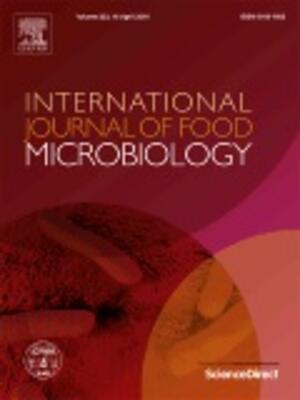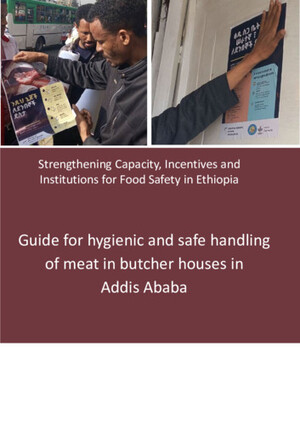
Cross-sectional study of drivers of animal-source food consumption in low-income urban areas of Nairobi, Kenya
Abstract
Background Malnutrition, including undernutrition and micronutrient deficiencies is a chronic problem in most developing countries. Animal-source foods (ASFs) provide essential sources of proteins and micronutrients, yet little is known about ASF consumption patterns or household preferences towards animal-source products among low-income populations. This is particularly critical for malnourished children for whom even small increases in consumption could help improve nutrition and health outcomes. This study analysed both the demand as well as the drivers and barriers for ASF consumption among households in two low-income areas in Nairobi, Kenya. Methods Data on ASF expenditures and quantities purchased in the previous week, and reasons for consuming or not consuming ASFs were collected in a cross-sectional study from 205 randomly selected households in Korogocho and Dagoretti settlements. Self-reported reasons for consuming or not-consuming ASFs were described. Demand for ASFs was estimated using the Almost Ideal Demand System to provide measures of demand elasticity for changes in food prices and expenditures. Results On average households purchased 48 grams of ASFs, including fresh milk, per week per household member. Expenditure on ASFs counted for 38% (520 Kenya Shillings) of the overall food expenditure of which, on average, 48% was spent on fresh milk. Price was the most commonly self-reported barrier for consumption, while taste was reported as the main driver for consumption. The perceived nutritional value was an important driver for consuming more commonly purchased ASFs (beef, eggs, fish and milk). For less commonly purchased ASFs (pork, sausages, sheep and goat meat, offal) taste, access and tradition were given as main reasons for not consuming. Estimated demand elasticities indicated that increases in total food expenditure would lead to greatest increase in the demand for beef meat. Price reductions would increase the demand relatively more for fish, other meats and dairy. Conclusions For most ASFs better affordability would be a clear driver to increase the consumption. However, to increase the variety and quantity of ASFs eaten, other policies targeting improvements in physical access, food safety and consumer education on nutritional values and cooking methods should be considered.
Citation
Cornelsen, L., Alarcon, P., Häsler, B., Amendah, D.D., Ferguson, E., Fèvre, E.M., Grace, D., Dominguez-Salas, P. and Rushton, J. 2016. Cross-sectional study of drivers of animal-source food consumption in low-income urban areas of Nairobi, Kenya. BMC Nutrition 2: 70.









